I'm a parent of 3 toddlers. These are the things I swear by when it comes to daylight saving.
Conz Preti

- I'm a mom of three toddlers, ages 4, 2, and 2, and a parenting editor.
- There's no time of the year I dislike more than when we change the clocks.
I've learned some tips and tricks with my kids
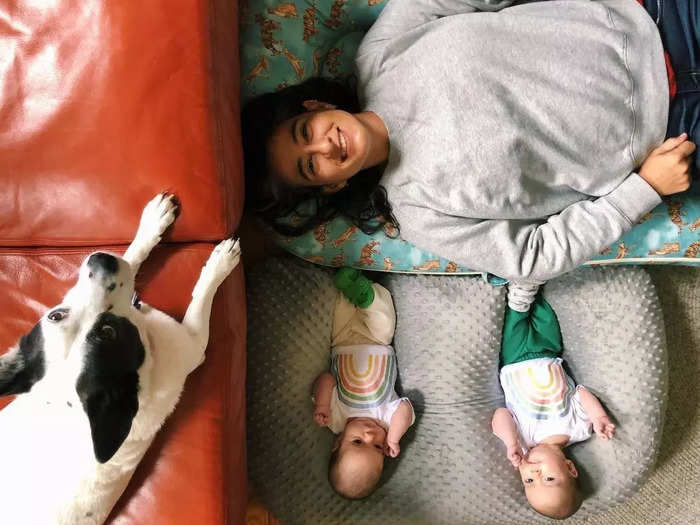
Every year after the time changes, I complain about how three good sleepers forget what sleeping even means, and I'm exhausted from the middle-of-the-night wake-ups and up for the day at 5 a.m. I'm also not alone. I read comment after comment on parenting groups asking for advice on how to get kids back on track.
While this might be one of the last times we have to adjust the clock, I've gathered some tips and tricks in my five years as a parent — and a couple of more as a parenting editor.
Of course, as with everything kid-related, nothing is 100% guaranteed to work, and my biggest lesson is always to take a deep breath and remember that this, too, will pass and we will be back — hopefully soon — to sleeping again.
Here are my five tips:
Adjust the time they go to bed a week prior
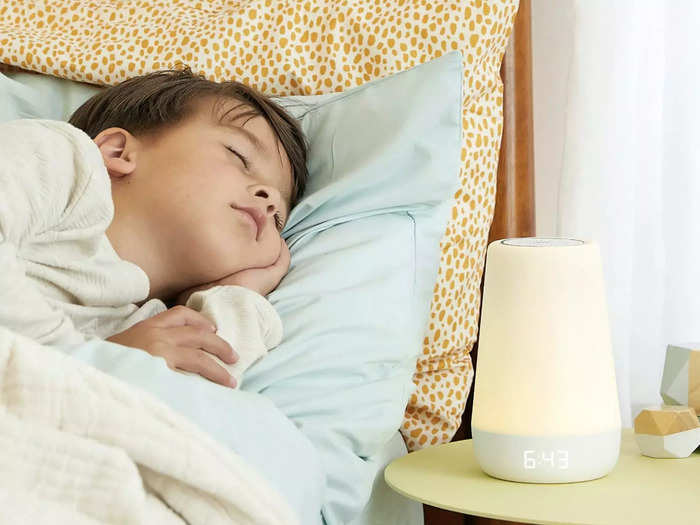
One of the first things I learned about changing the time and baby sleep was that you can get ahead of it — pun intended — by adjusting the time your kids go to bed by 15 minutes every day in the week before the clocks change.
We usually start the Sunday before the time change and either move their bedtime 15 minutes earlier or 15 minutes later depending on how we are changing the clocks. By the time we get to the day of the time change, they're already going to bed by the time we want them to.
This makes the change more gradual for them.
We use a Hatch Rest+ clock to let our kids know when it's time to go to sleep. We typically set it to turn red at 7:30 p.m. to indicate it's bedtime and turn green at 7:30 a.m. to indicate it's time to wake up. When we are preparing for the time change, we adjust the times incrementally to reflect the new schedule.
Using a color-coded clock has really helped our twins with sleep. They were waking up in the middle of the night and would scream for us, but since we added the tool to their sleep routine, they can wake up, look at the color, and go back to sleep.
My kids still don't know how to tell time, but they are excited to see the light turn red when it's time for bed.
Make sure their room is dark
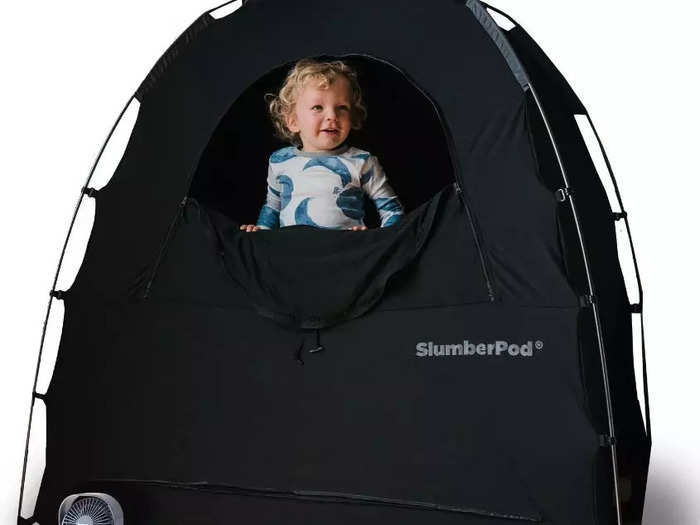
Our sleep is largely controlled by melatonin, a hormone naturally produced by our body. One of the things that messes up your melatonin production, and therefore the ability to fall asleep, is light.
That's why sleep experts always recommend making a kid's room pitch dark. It helps them fall asleep faster and stay asleep longer.
We have blackout curtains in our kids' bedrooms — but still haven't spent the money to install them in our room, for some reason — and always make sure they are properly closed before bed. But our kids like sleeping with their doors open, and the twins' bedroom is near a very big window we can't cover. To help them sleep, we use SlumberPod tents, which we carry when we travel since we don't know what the curtain situation will be like where we stay.
The SlumberPod makes any pack-and-play pitch black, and the structure is sturdy and tall, so kids can still stand up and move around in it.
Make them participate in the routine
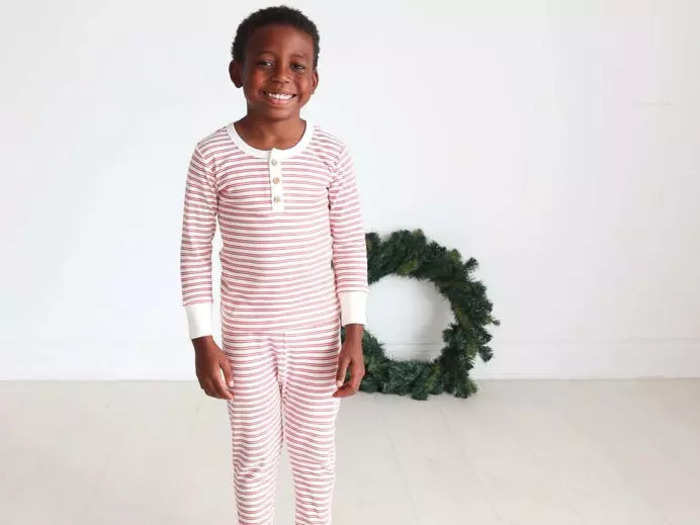
On days when we know our kids' sleep will likely not be great, like a big travel day, Halloween night, or during daylight saving, we encourage them to participate in the whole night routine so they feel more in control of what we are doing.
That includes choosing whether they want to take a bath, picking which books we are going to read, and selecting their pajamas.
I approach it from my perspective of when I'm stressed and need to decompress. I reach out for my comfiest pajamas, and I'm the only one who knows which those are.
Our son has been recently very into Makemake Organics pajamas because he says they are extra soft on his skin. He'd been wearing a holiday pair months before the holidays were coming.
Introduce weighted blankets

After I suffered from postpartum insomnia and struggled for days to be able to sleep while my baby slept, a midwife recommended I use a weighted blanket to help me relax. It worked, and I haven't slept without my superheavy blanket since that first night, except when we travel.
One night, when my husband was traveling and I was alone with all three kids, my oldest woke up in the middle of the night asking for snuggles. I was exhausted and broke our "no kids in our bed" rule because I needed to be well rested the next day. He snuggled next to me under my blanket and slept peacefully the rest of the night.
The next day, he requested his own weighted blanket because it made him feel hugged all night long. His is from Dreamland Baby and weighs 4 pounds. It's recommended for kids 3 and up, so for our twins, we got weighted "sleep sacks" instead, which they love.
Spend plenty of time outside in natural light
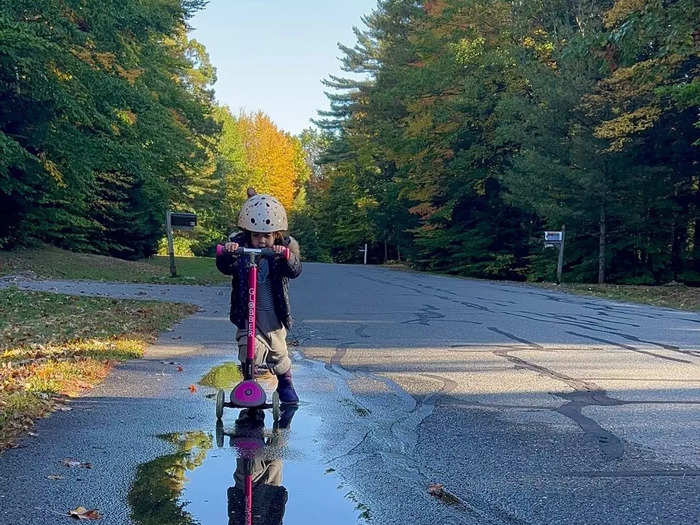
I try to have my kids spend as much time outside as possible, regardless of weather, time of year, or whether the clocks are changing. But I especially make an effort to have them out in the sunlight for as long as possible before time changes.
Seasonal affective disorder is a type of depression related to seasons. The less we are exposed to sunlight, the more our mood might be affected.
According to KidsHealth, the disorder can affect kids and parents should keep an eye out for changes in mood, negative thoughts, low energy, and changes in sleep. For treatment, walks outside when it's light out or using a special lamp might help decrease the symptoms, which usually go away by the time spring arrives.
Popular Right Now
Popular Keywords
Advertisement